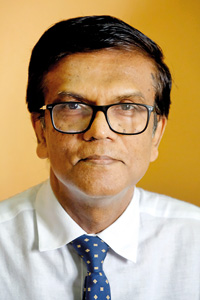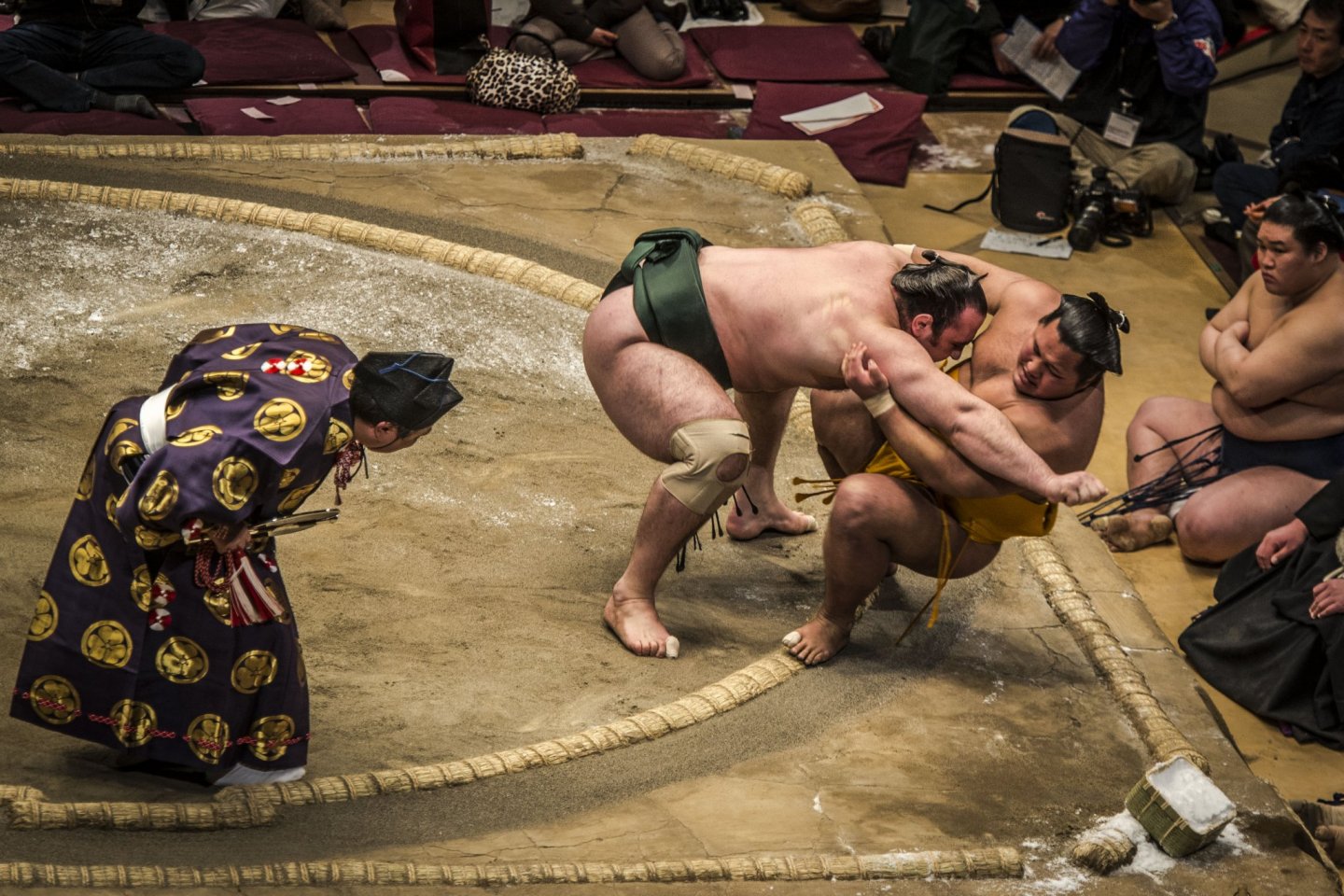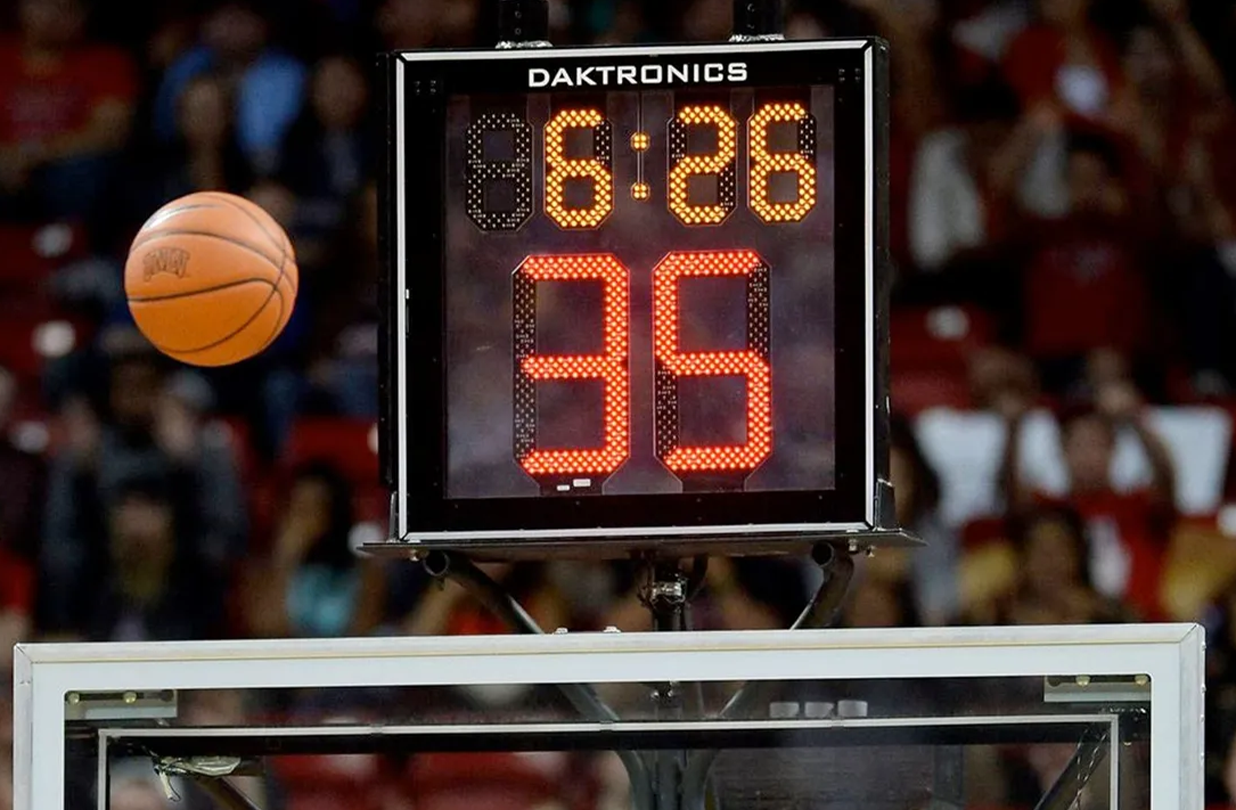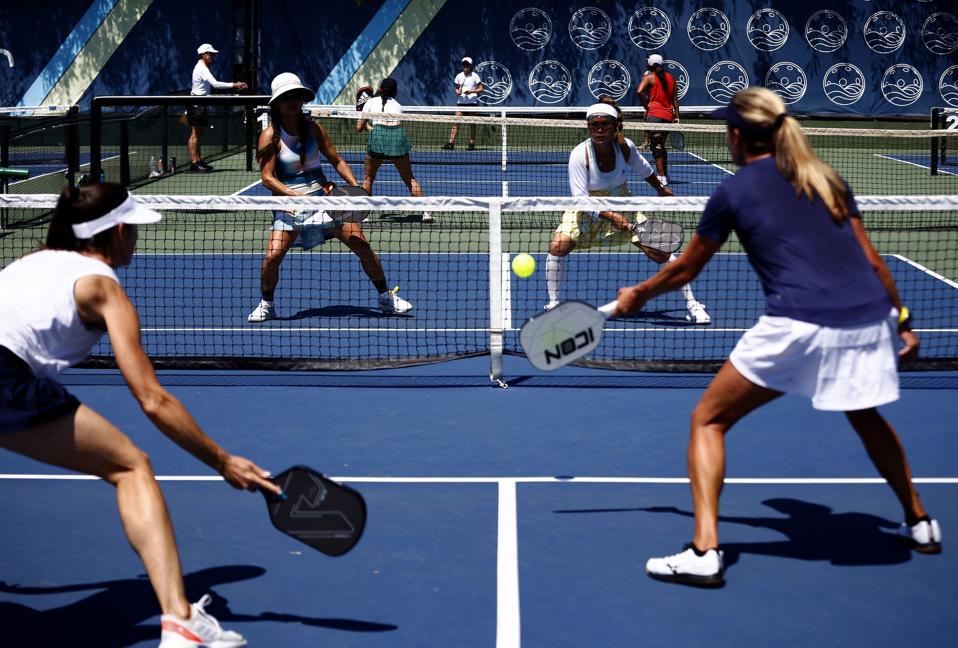amicitaacademy.com – Sumo wrestling is a fascinating and ancient sport with a unique set of rules, rituals, and a specialized vocabulary that can be difficult for outsiders to grasp. Originating in Japan over a thousand years ago, sumo has evolved into a professional sport with deeply ingrained traditions. Understanding sumo terminology can enhance your appreciation of the sport. Here are some key terms and jargon used in the world of sumo wrestling.
Basic Sumo Terminology
- Dohyō (土俵) – The elevated ring where sumo matches take place. It is made of clay and covered with sand.
- Rikishi (力士) – A sumo wrestler. The term literally means “strong man.”
- Gyoji (行司) – The referee who oversees the match and makes decisions regarding the winner.
- Shikiri (仕切り) – The pre-match ritual where wrestlers face off, squat, and prepare for combat.
- Tachiai (立合い) – The initial charge at the start of a sumo bout. This is one of the most important moments in a match.
- Yokozuna (横綱) – The highest rank in sumo wrestling. A yokozuna must maintain high performance standards and demonstrate dignified behavior.
- Ozeki (大関) – The second-highest rank in sumo. Ozeki must consistently perform well to retain their status.
Techniques and Match Terms
- Kimari-te (決まり手) – The official winning techniques in sumo. The Japan Sumo Association recognizes over 80 different kimari-te.
- Uwatenage (上手投げ) – An overarm throw used to defeat an opponent.
- Yorikiri (寄り切り) – A frontal force-out technique where a wrestler pushes their opponent out of the ring.
- Hatakikomi (叩き込み) – A slap-down technique where a wrestler slaps their opponent down to the ground.
- Hikiotoshi (引き落とし) – A pull-down maneuver used to unbalance and defeat an opponent.
- Henka (変化) – A sidestep move at the start of a bout, often seen as controversial or dishonorable.
Sumo Culture and Rituals
- Mawashi (廻し) – The thick belt or loincloth worn by sumo wrestlers.
- Shiko (四股) – A leg-stomping exercise that sumo wrestlers perform to build strength and balance.
- Banzuke (番付) – The official ranking chart of sumo wrestlers, updated before each tournament.
- Chanko-nabe (ちゃんこ鍋) – A high-protein stew that sumo wrestlers eat to maintain their size and strength.
- Shimpan (審判) – The ringside judges who oversee matches and can overturn a gyoji’s decision if necessary.
- Zensho (全勝) – A perfect tournament where a wrestler wins all their matches.
Conclusion
Sumo wrestling is much more than just a sport—it is a blend of tradition, ritual, and discipline. Learning sumo terminology allows fans to better understand the strategies, techniques, and cultural significance of this ancient Japanese martial art. Whether you’re a seasoned sumo fan or a newcomer, understanding these terms can deepen your appreciation for the dynamic and powerful world of sumo wrestling.






